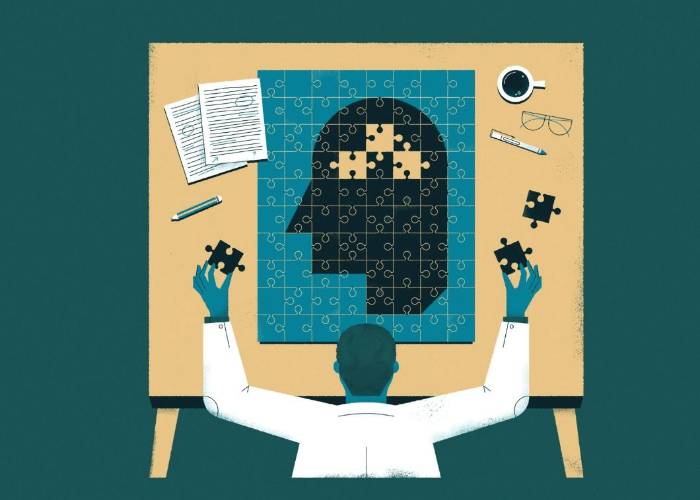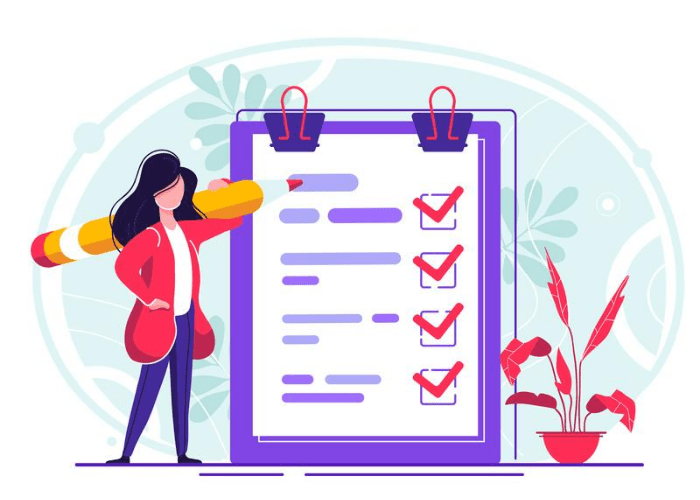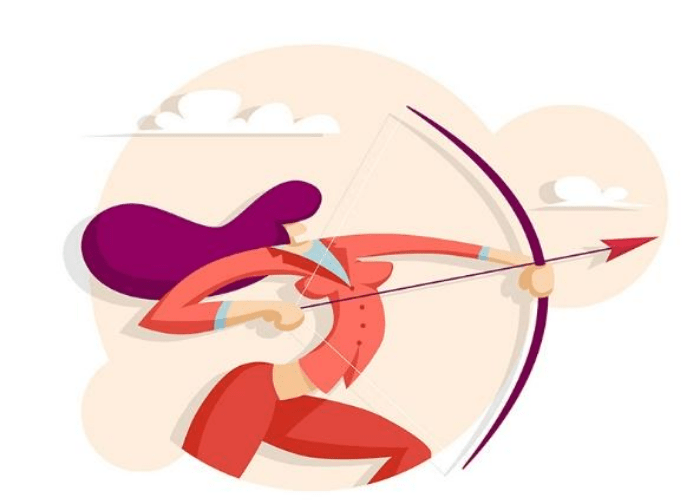Creating Detailed Successful Buyer Personas
It’s so difficult to write content for someone you don’t know or understand.
So, Do you know who your customers are? More importantly, do you know what they want or need from you?
That’s where buyer personas come in!
A buyer persona is a fictional person who represents your ideal customer or a portion of your audience. Their interests, challenges and problems with your audience’s.
The idea is to create a profile of your ideal customer as if he or she were a real person, so you can craft targeted marketing messages to them. These messages should use the right tone of voice and address the specific needs and desires of your customers.
A well-crafted buyer persona allows you to personalize your marketing on a large scale by humanizing core target groups of your customer base.
With a persona, you can write more attractive email content that resolves your audience’s problems and speaks to their interests. On top of that, you can also improve your overall marketing!
Since different groups of people may buy your products for different reasons, you will probably need to create more than one buyer persona. Each persona should include basic demographic details, behaviors, goals, pain points, and buying style.
You can’t get to know every customer or prospect individually. But you can create a customer persona to represent each general segment of your customer base.
This makes it much easier to think of your customers as real people and to consider their wants and needs as you craft your marketing strategy.
How to use buyer personas in your business

Marketing personas allow you to craft dynamic, targeted messages that speak directly to each customer group.
As in personal life, you share important messages differently depending on who you want to reach.
Say you have interesting news to share with your parents or friends, you would probably use different words and tools to reach each of them, you might call your mom on the phone and use WhatsApp to share with your friends.
Understanding your buyer personas allows you to understand the best ways to reach each of your different customer groups, just as you know how to best reach and speak to different groups of people in your personal life.
Your marketing personas can also become company for evaluating business decisions. Does a new product feature better meet the needs of your buyer personas? If not, you have good reason to reconsider your plan, no matter how exciting it is to your marketing team, or your IT department, or even your CEO.
5 Simple steps guidance for Creating your very own persona

In order to be useful, your buyer personas need to be based on real-world information, not gut instinct only!
Information that define the people who actually want to buy from you, not the people you wish would buy from you.
That means you need to start with some deep research. Gather the information as you work through these steps.
Step 1: Do thorough your target audience research

Here’s a basic Guidance on learning details about your audience.
⦁ Learn who is already buying from you.
Gather all of the information you can about your current customer base.
Some of the data you’ll want to collect are age, location, language, income, buying behavior, interests and activities, and life stage.
Gather what you can from your customer records, and consider confirming and completing that information through email surveys, online surveys, focus groups, or even customer interviews.
⦁ Go dig into your website and social analytics.
Social media analytics tools can provide an incredible amount of information about the people who are interacting with your brand online, even if they’re not yet customers.
Such as Facebook Audience Insights provides especially valuable and detailed information.
⦁ See what your competition is up to.
Once you’ve gathered information about your own customers and fans, check out who’s interacting with your competition.
Are they reaching the same target groups as you are? Are they reaching groups you haven’t targeted yet but should? What can you learn from them that can help you distinguish your brand?
Step 2: Identify customer pain points

What problems or conflicts are your potential customers trying to solve? What’s holding them back from success? What barriers do they face in reaching their goals?
One key way to find out is to attract in some social listening and social media sentiment analysis.
Setting up search to monitor mentions of your brand, products, and competitors gives you a real look into what people are saying about you online.
It’s a good idea to check in with your customer service team to see what kinds of questions they get the most.
Find out if they can help you identify patterns about which groups tend to face different kinds of challenges. You could even ask them to collect real customer quotes that you can use to help give your audience personas depth.
Step 3: characterize customer goals

This is the other side of pain points.
Pain points are problems your potential customers are trying to solve, goals or aspirations are positive things they want to achieve. Those goals might be personal or professional, depending on the kinds of products and services you sell. What motivates your customers? What’s their end game?
This is more about getting to know your customers than it is trying to match customers exactly to features or benefits of your product.
Even if your personas’ goals don’t relate specifically to your product’s features, they can form the basis of a campaign, or they might simply inform the key or tactic you take in your marketing.
Social listening can be a good way to gather this information, too. Just as your customer service team was a good source for pain points, your sales team can be a good source of customer goals.
Your salespeople talk to real people who are thinking about using your product, and they have a deep understanding of what your customers are trying to fulfill by using your products and services.
Ask them to collect real quotes that personify the customer experience.
You can also ask them for any key strategies they use to overcome buyer objections when selling your products or services, which leads us to ..
Step 4!
Step 4: How your brand can help

By: https://dribbble.com/shots/7400855-Non-stop-support
Now that you understand your customers’ goals and pain points, it’s time to create a real clear picture of how your products and service can help.
As part of this step, you’ll need to stop thinking about your brand in terms of features and dig deep to analyze the benefits that you offer to customers.
It can be hard for marketers to get out of the feature mindset and this is why the buyer personas are so important. They help you flip your thinking and consider your products and services from their perspective.
Important note: A feature is what your product is or does. A benefit is how your product or service makes your customer’s life easier or better.
Always ask yourself one question for each of the pain points and goals you’ve collected: How can we help? The answers to this question will supply you with the basis for the key marketing messages you’ll do in the next step.
Step 5: Invest your research into buyer personas

By: https://dribbble.com/shots/6873119-UX-Research
Gather all of your research and start looking for common features.
As you group those features together, then you’ll have all the basis of your unique customer personas.
In practical method.
Let’s imagine that you identify essence for customer group of women in their 30s who live in big cities, like to run, and own small dogs.
Now it’s time to take this abstract collection of characteristics and turn them into a persona that you can identify with and speak to.
Set a name for your buyer persona, a job title, a home, and other defining features. You want your persona to seem like a real person without getting too specific and excluding features that not included of this customer group.
Aim for about the amount of information you would look forward to see on a dating site, or what you might learn from a short conversation on an airplane or at a bus stop. Don’t forget to include pain points and goals.
For example, your group of dog owners women runners could be represented by the persona you name Jogging Jenny. Rather than speaking generally about city living and dog ownership, you’ll give Jenny representative features that make her a real person:
⦁ She lives in New York City
⦁ She is 42 years old
⦁ She works at a software company
⦁ She owns a three years old Pomeranian named Bruiser
⦁ She likes to run in Central Park
Remember, a list of features does not equal a persona.
A persona is realistic description of a person who represents one segment of your customer base.
Sure, not all people in this customer group match the features of your persona exactly. But this persona represents this customer group to you and allows you to think about them in a human way rather than as a set of data.
But, it’s much easier to speak to Jenny than speaking to “women.” Or even “42 year old women who own dogs.”
As you flesh out your buyer personas, make sure to describe who each persona is now and who they want to be. This allows you to start thinking about how your products and services can help them get to their goals!
What About “Negative” Personas?

While a buyer persona is a representation of your ideal customer, a negative or exclusionary persona is a representation of who you don’t want as a customer.
For example, this could include professionals who are too advanced for your product or service.
students who only participating with your content for research and knowledge.
Or potential customers who are just too expensive to win
because of a low average sale price, their tendency to change.
Or simply their unlikeliness to purchase again from your company.
Your buyer personas guiding your marketing

By: https://dribbble.com/shots/2256103-Guiding-Light
Considering your buyer personas as real people allows you to set up a real effective marketing messages that speak to real people.
Marketers too often fall into using companies speak a lot of mixed buzzwords but doesn’t really mean anything.
It’s much harder to fall into that trap when you’re crafting a marketing message specifically for Jogging Jenny.
What questions she have that your marketing message can answer? What social networks she use?
What language does she use when she interacts with her friends online?
Thinking of Jenny as a real person makes sure you address her priorities instead of your own.
This is where your answers to the “how can we help” exercise come in. For each buyer persona, create one key marketing message that answers this question. How does your brand help this specific persona solve their problems and achieve their goals?
Take that in one obvious sentence and add it to your persona form.
Think about your buyer personas every time you make a decision about your business and your marketing strategy. Do right by those personas and you’ll build a bond with the real customers they represent, support sales while creating brand loyalty and trust!
